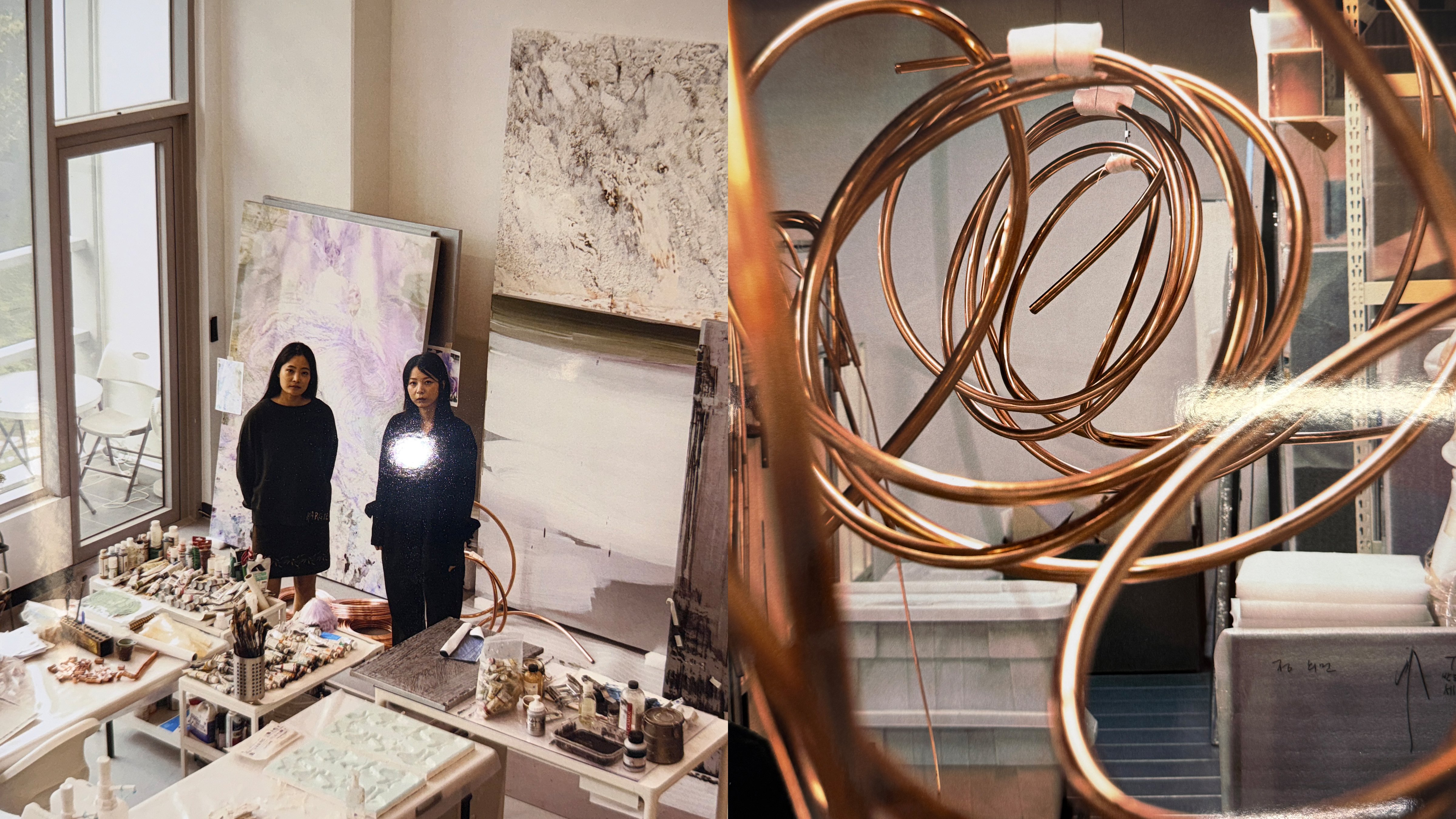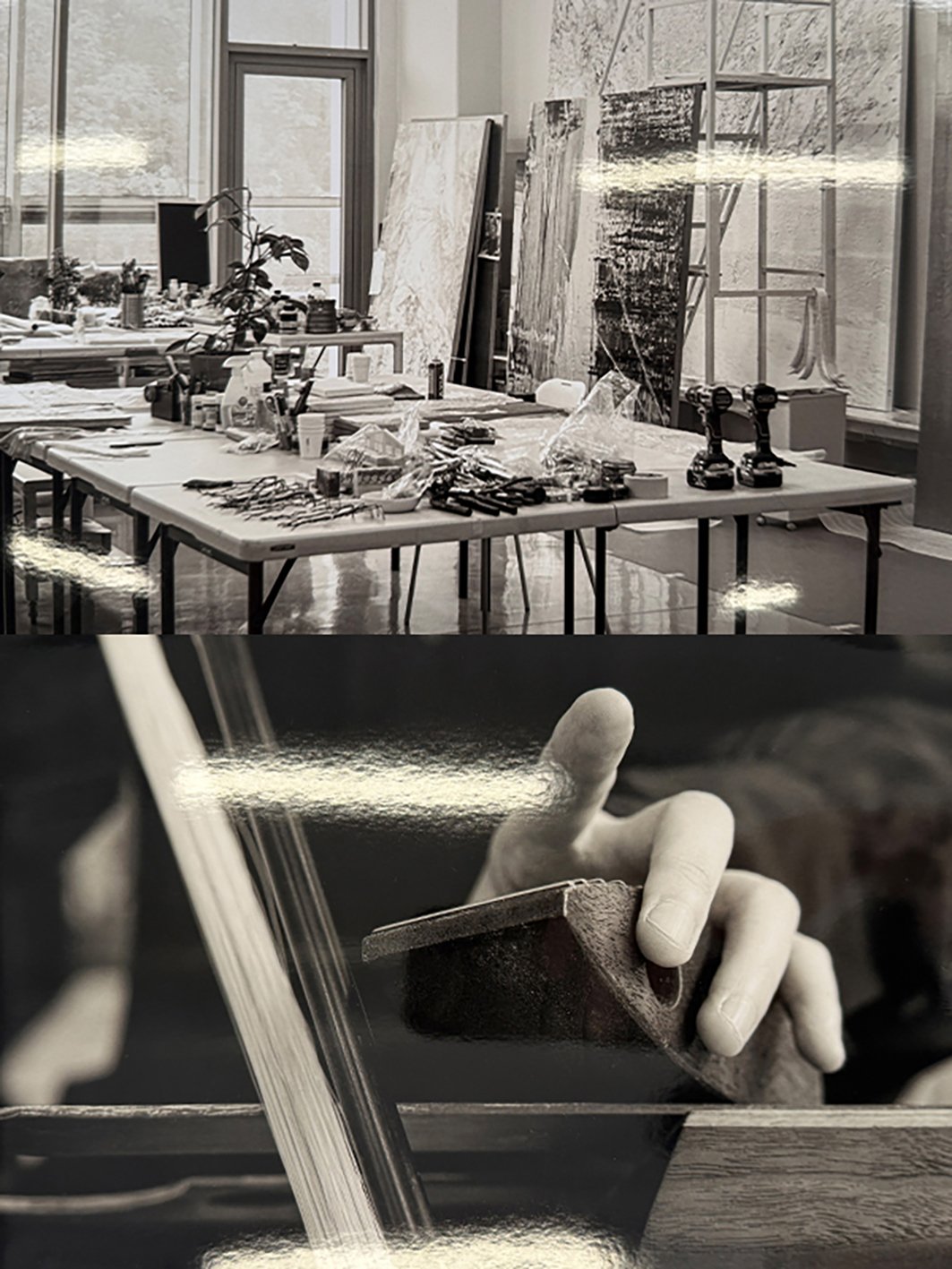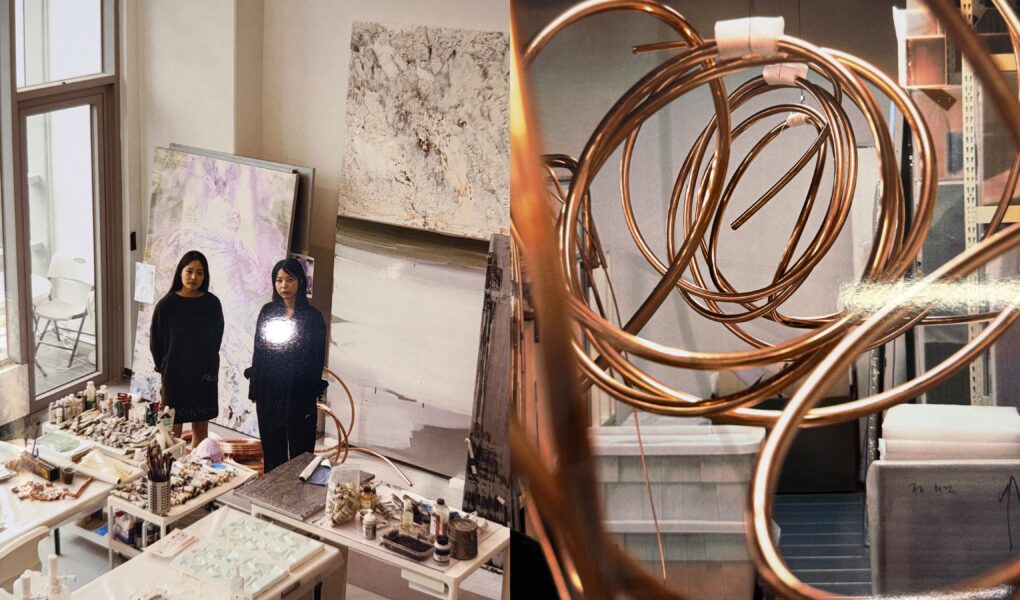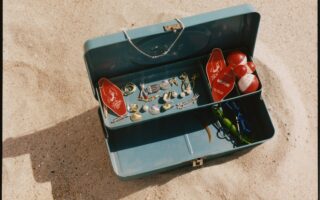Views: 372
How much can you really say with what you wear? Sensible sneakers and sweater vests might signal an interest in dad fashion. The Skims pierced nipple bra perhaps reveals you want to be perceived as a risk-taker. Mschf’s Big Red Boots suggest you’re not afraid to command attention (and that you might be slightly unhinged). Yes, personal style has a way of communicating something about its wearer. But good taste is more than just about what you have on—it’s about how you live: the mannerisms you use, the way you smell, the foods you eat. That’s why these days, fashion is taking a swift turn away from, well, clothing. In late August, Maison Margiela announced that it would be unveiling a new line—titled Line 2—that is not based on garments at all. In fact, the release transcends the physical, moving away from pieces you can touch and into the world of “intangible products”.

Courtesy of maison margiela
Instead of supple coats and Tabi boots, Maison Margiela Line 2 is rooted in “unexpected connections” and “creative dialogue”. It’s intentionally open to interpretation: a blank canvas for creative collaborations like art shows and large-scale talks. The first iteration will be an installation in Seoul by visual artist Heemin Chung and sound artist Joyu inspired by the brand’s Fall 2025 theme of memory and transformation. If it sounds vague and not at all shoppable, that’s the point. “Intangible products, for me, mean going beyond purchasing,” CEO Gaetano Sciuto told Business of Fashion. “It’s connection, it’s community.” This is not the first time we’ve seen brands explore non-wearable items as a means of going deeper and evoking emotional reactions. Take the uptick of food products flooding the market.

Courtesy of Maison Margiela
Simone Rocha and Ganni have featured edible sculptures at their events, while more and more labels are hosting exclusive suppers and opening branded cafés. It’s not hard to see why: there’s something inherently fashionable about delicious, well-plated food. (In 2024, the internet proclaimed that a ginormously misshapen tomato was synonymous with Loewe. Today, garden-themed candles are a brand best-seller.) In an era of economic uncertainty, where the act of living well—from good quality groceries to a chicly-decorated space—is harder to achieve, doing so is its own form of luxury. [instagram-oembed url=”https://www.instagram.com/p/DBbWUWKOIP2/” /] Perhaps that’s why, when Johnathan Anderson announced his namesake label JW Anderson would be rebranding as a lifestyle brand, it was met with mass excitement. The fashion house known for its gender-blurring, dream-like clothing will be pivoting into a new era: selling everything from antique gardening tools to specialty honey. [instagram-oembed url=”https://www.instagram.com/p/DMupLu6trQi/?hl=en&img_index=1″ /] Louis Vuitton and The Row have also ventured into the homeware category—offering luscious linens and branded lighting fixtures. When discussing his vision for JW Anderson’s next era, Anderson said he would only be releasing products with a story to tell. It seems that’s what this all comes down to. In the age of the endless scroll, thoughtfulness is the most valuable currency. Of course, it’s a marketing strategy, too: branching into different categories (beyond clothes) means brands can find new revenue streams. But as a consumer, why, exactly, is it so enticing? Because the spaces we visit and produce we pick up might say more about us taste than the trending Alaïa flats we slip on for the day. As we’re being inundated with hyper-tailored algorithms and “I’ve-never-had-an-original-thought” memes, curating a life that reflects your interests is arguably the ultimate style symbol. To be truly fashionable, you need to have a point of view. Setting an oddly shaped, savoury-scented candle on your coffee table is one way to get there. Continue Reading



